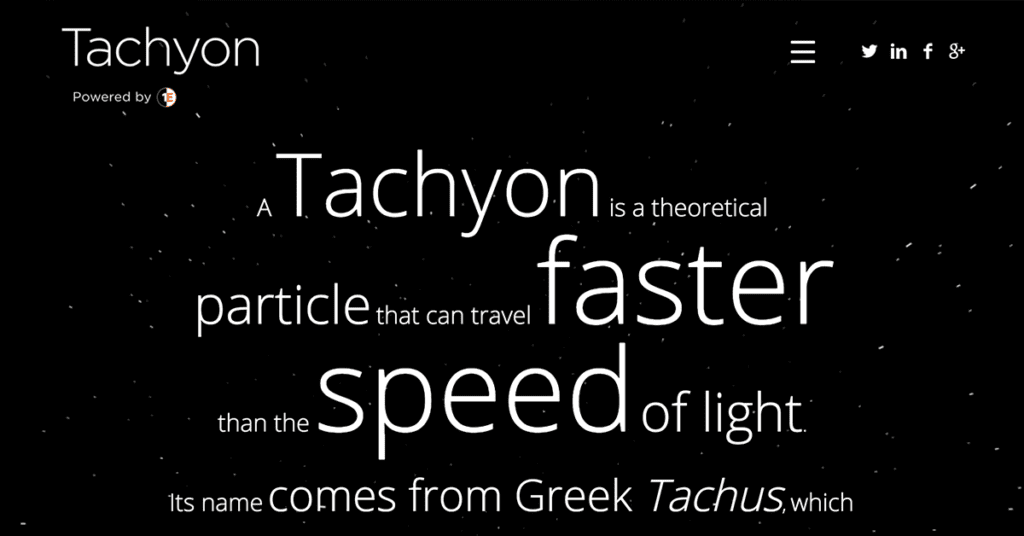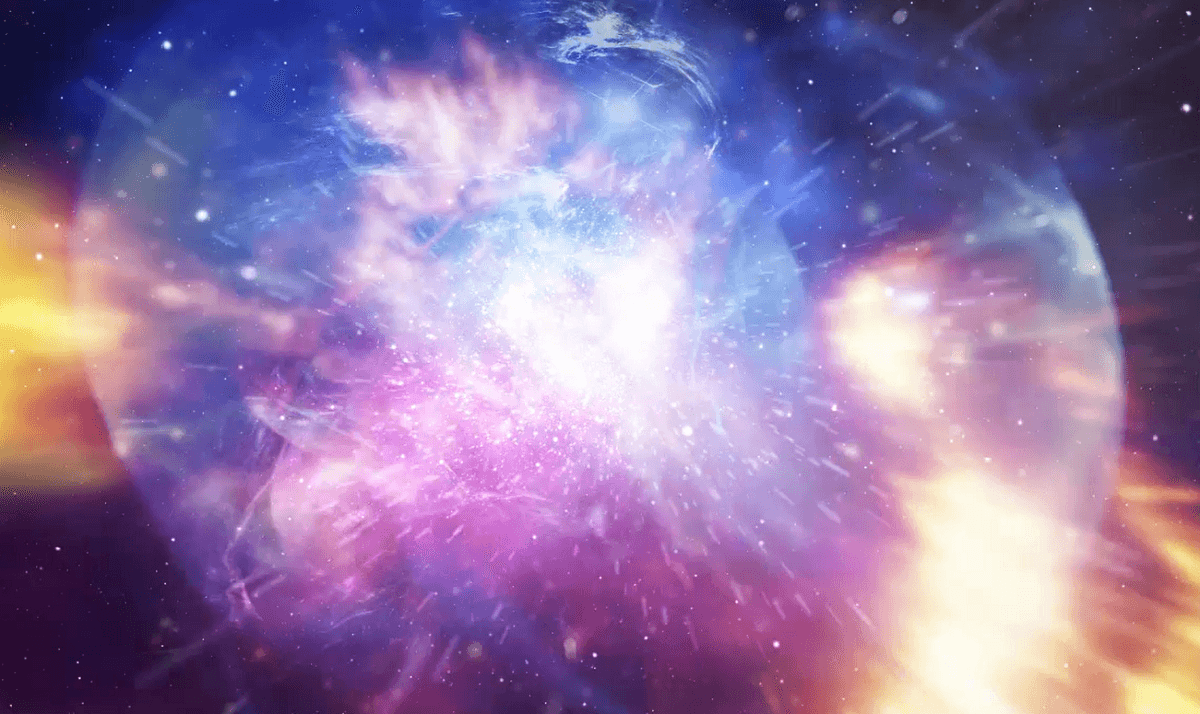Last week we explained the scientific origins of the tachyon particle. While we’ve briefly touched on their existence, we wanted to share some of our favorite instances of tachyons in popular culture. You’ve no doubt heard them being referenced in Star Trek, but here are some other fun examples of tachyons in science fiction, movies, and art. You can see how in each case tachyons are harnessed for their incomparable speed, exploratory abilities, enhanced power, and increased energy.
Speed
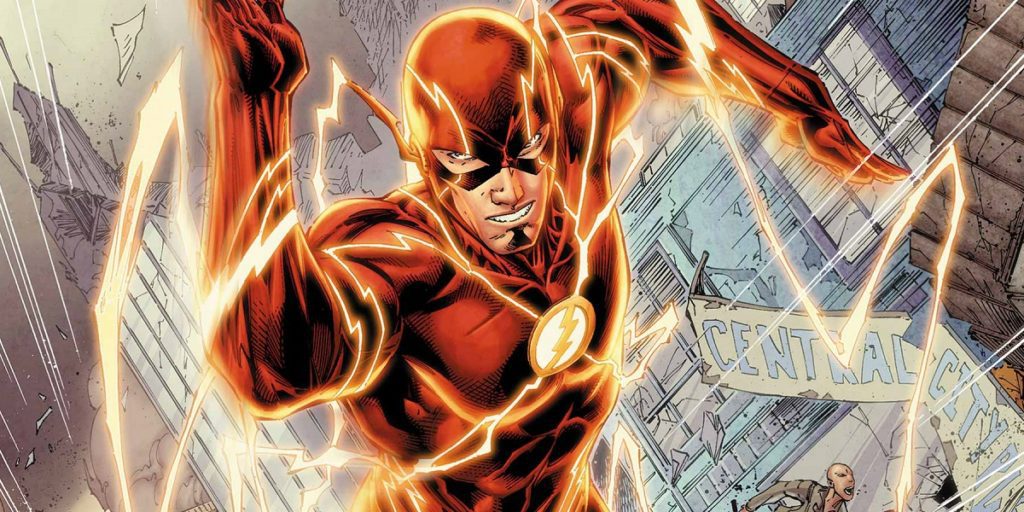
Imagine waking up one day to realize you have the ability to move at super speeds. That’s exactly what happened to one man named Barry Allen. (You might know him as The Flash.) After suffering a coma from a lightning strike, he awoke to a new state of mind and a new body capable of doing fantastic things. He could now move incredibly fast.
During his quest to discover the truth about his past, The Flash begins to experiment with his new powers. Using a “tachyon enhancer” attached to his body, he becomes even faster with the capacity to go from standing to lightning speed in an instant! The tachyon enhancer acts like a quick charge battery, giving him the power to travel at speeds beyond his wildest imagination. He ultimately decides to use his gifts to help humanity. For Barry Allen, tachyons made him the fastest man in the world.
Exploration
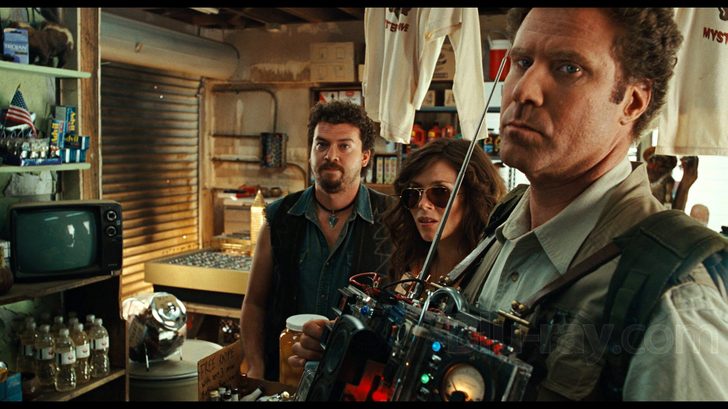
Time travel has been theorized for as long as we have been aware of time itself. Whether you desire to travel through time for a scientific need or you’ve done something you wish you hadn’t, everyone has daydreamed about the possibility of going back and changing the past. What if there was a way? Would you actually try it?
Scientist Rick Marshall was not immune to the fantasies of time travel. He believed that tachyons could be trapped in a device of his making called The Tachyon Amplifier. This machine, theoretically, would allow him to travel sideways through time to another space where past, present, and future all met as one. For Rick Marshall, tachyons made it possible for him to realize his dream of exploring other dimensions.
Power
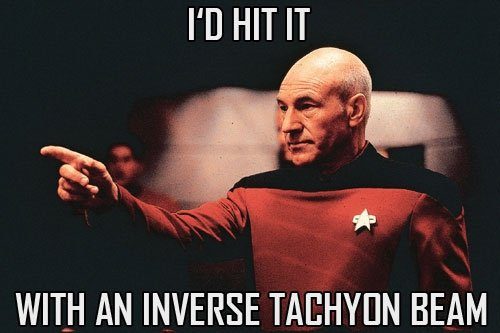
There’s no denying that the most ubiquitous use of a tachyon can be found in the Star Trek series. The Star Fleet team captures tachyons seemingly with ease and yokes their worth to their every need.
Need to disrupt enemy fire? Boom! Tachyon Beam! Need a quick getaway? Boom! Tachyon Boost! Want to hide from your rivals? Boom! Tachyon Shield! Tachyons allow the team multiple benefits from traveling to fighting. The power of tachyons are varied and valuable.
Energy
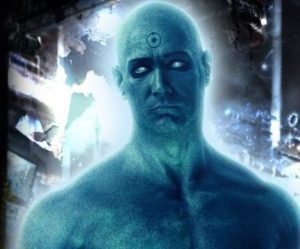
We've talked about wanting to travel back in time. But what if you could see your future? You could plan your life out perfectly, avoid pain, and miss out on any harmful events. Doctor Manhattan is one such being who is able to do just that. However, he doesn’t use his power selfishly.
One of the more mysterious uses of the tachyon comes from Doctor Manhattan’s point of view. He is normally able to see into the future—but because of an energetic tachyon blast that occurs far into what has yet to come, his vision becomes blocked. The tachyon energy field is so powerful even a mutant deemed “indestructible” can’t penetrate it.
All of these illustrations of tachyons in popular culture help describe the many facets of their value. 1E has taken the literal characteristics defined here and incorporated them into the technological wonder that is known as Tachyon. We are proud to unveil Tachyon in this new light. For more information about how 1E is harnessing the tachyon, please check out our product page, microsite, or speak with a specialist.
